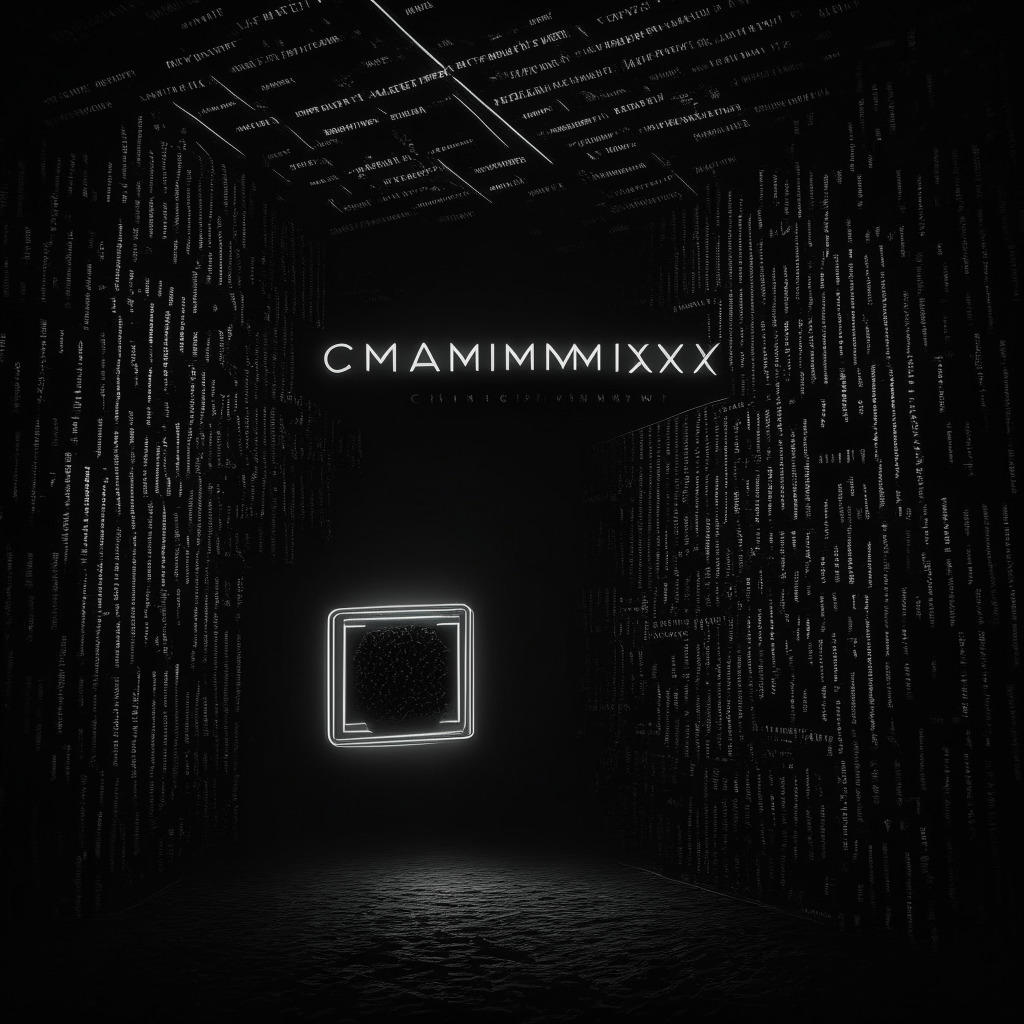The Open Network (TON), a decentralized blockchain platform designed by Telegram, has secured major investment from the venture arm of MEXC cryptocurrency exchange, raising an impressive eight-figure sum. This move aims to bolster TON’s role in paving Telegram’s potential journey towards embodying a Web3 super-app.
Just as fascinating is Telegram’s founder Pavel Durov‘s continuous emphasis on the integral role of TON’s blockchain in this audacious venture. Let’s not forget that just last month, Telegram rolled out the TON Wallet as a mini-app, enabling users to access multiple coins such as TON (TON), Bitcoin (BTC) and Tether (USDT) directly from the app’s interface.
However, this new surge of funding from MEXC ventures, set to continue with TON-based mini-apps alongside consistent support of TON-based projects like Megaton Finance and TONPlay, raises valid questions about the practicality and security of such ventures.
Telegram’s integration with TON promises to make crypto as straightforward as texting, a proposition that certainly holds allure. Yet, this affordability of access mustn’t overlook essential security measures. When juxtaposing this extraordinary convenience against the potential risks of security breaches often associated with blockchain platforms and crypto transactions, the clarity blurs.
Reports on specific issues with MEXC in the crypto community further fuel this concern. These issues revolve mainly around the risks associated with using a non-KYC exchange, which might affect the integrity and safety of transactions.
Additionally, while major ecosystems like Telegram integrate blockchain technology to simplify crypto transactions, skeptics craze over the big question- Is convenience taking an upper hand over safety regulations? Especially considering Telegram was forced to terminate its involvement with TON development in 2020 following a legal battle with US securities regulators.
With the pendulum swinging between convenience and security, the beaming light of these developments shines over the promising prospect of global Web3 accessibility. It will indeed be intriguing to see if TON’s blockchain integration on Telegram will triumph in bringing crypto transactions as close to users as their regular chats, or whether the price to pay for this convenience will be too high. Only time will tell if this ambitious endeavor spells out a success story or offers lessons for future efforts on the road towards mainstreaming crypto transactions. As observers and participants, our journey on learning and adapting within this ever-evolving crypto world continues.
Source: Cointelegraph




